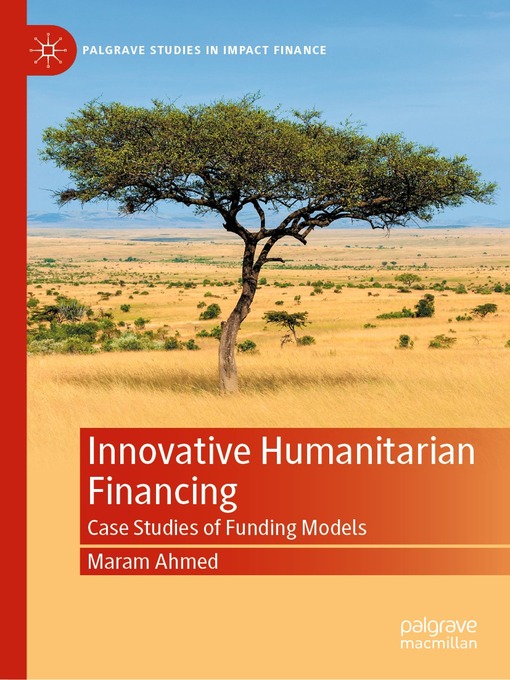Humanitarian crises have become more frequent, complex and protracted. If current trends continue, it is estimated that by 2030, humanitarian assistance costs could increase to $50 billion per year. By then, two-thirds of the world's poor are at risk of living in conflict-affected countries. To bridge the gap, humanitarian organizations are increasingly utilizing innovative financing tools such as impact bonds, faith-based finance and other innovative financial products and services to mobilize greater funding to address humanitarian needs. This book is among the first to assess a set of innovative financing mechanisms that have been transforming the humanitarian sector and explores their key opportunities, challenges and future prospects. This book will be of interest to academics, practitioners, humanitarian organizations and policy makers involved in humanitarian financing and to the humanitarian sector in general.
- العربية / Arabic
- Español / Spanish
- Français / French
- Audiobooks
- Agriculture, Food & Nutrition
- Business & Career Management
- Environment & Climate
- Family & Interpersonal Relations
- Finance & Economics
- Gender & Women's Studies
- Health & Wellness
- History
- Humanitarian Assistance & International Development Cooperation
- See all

